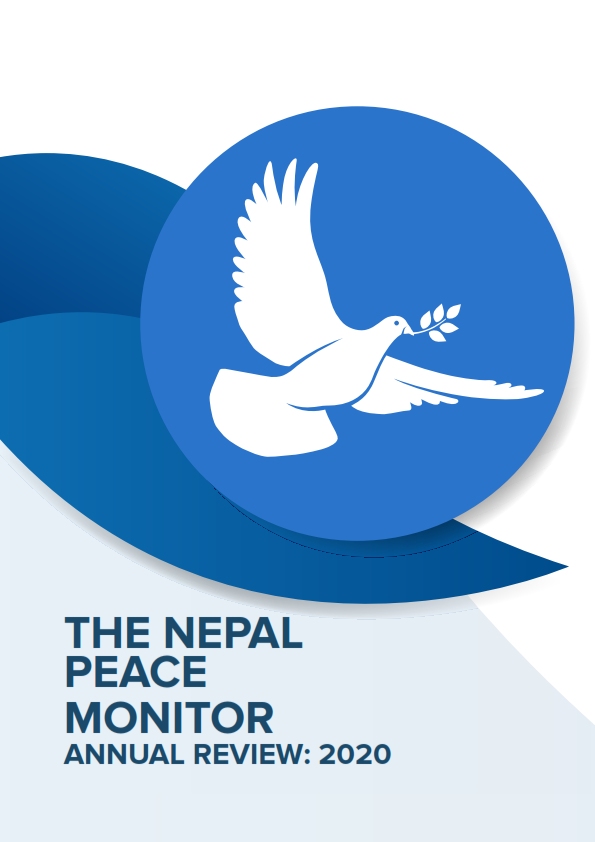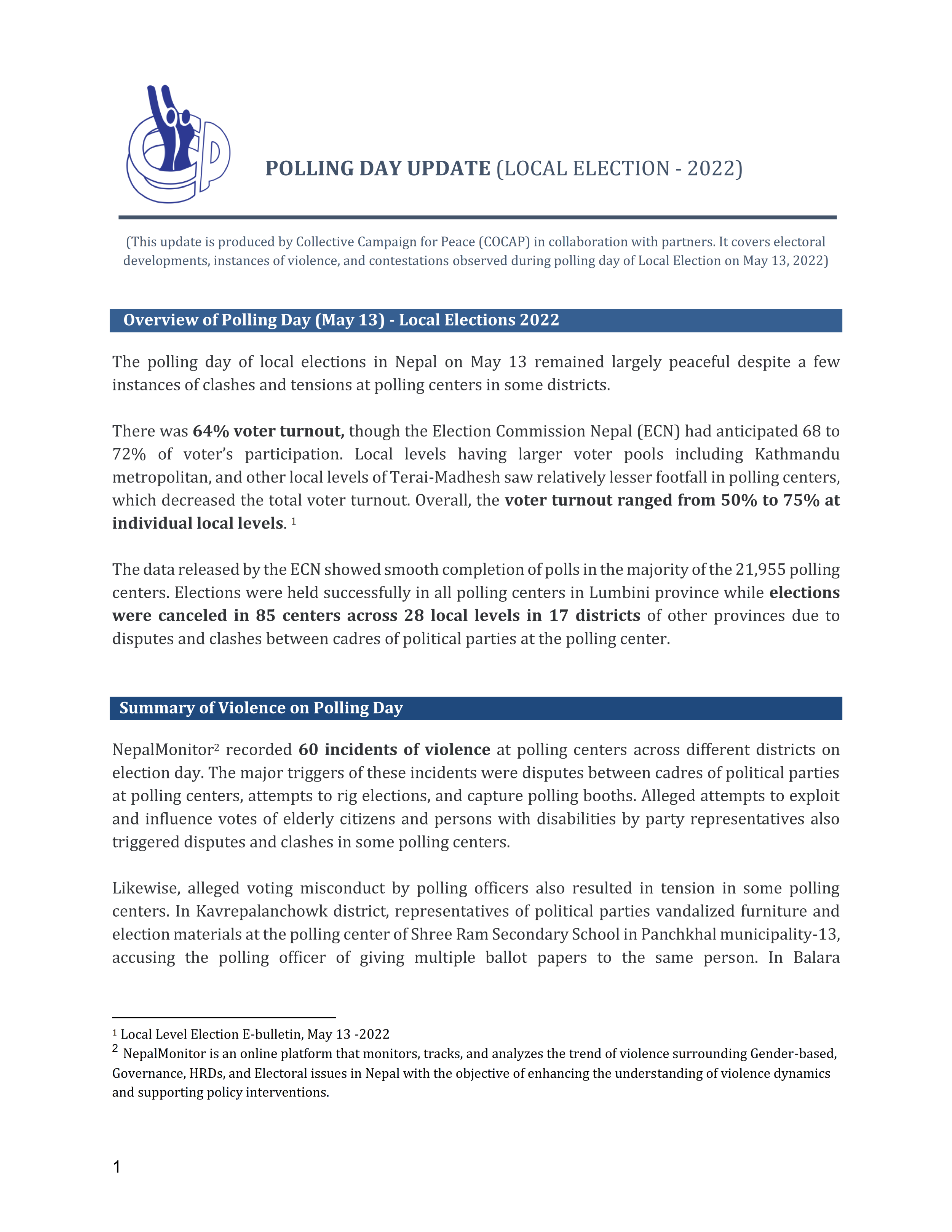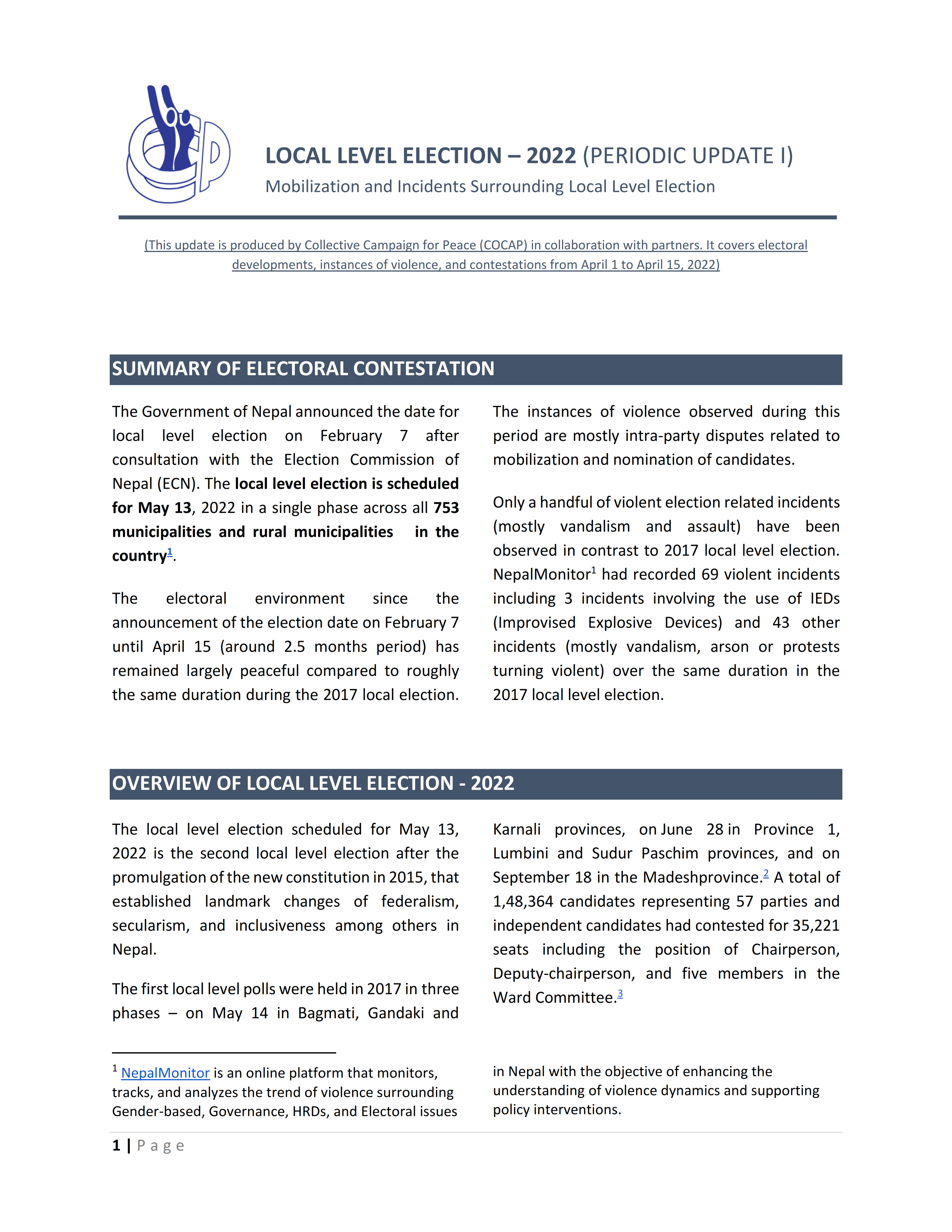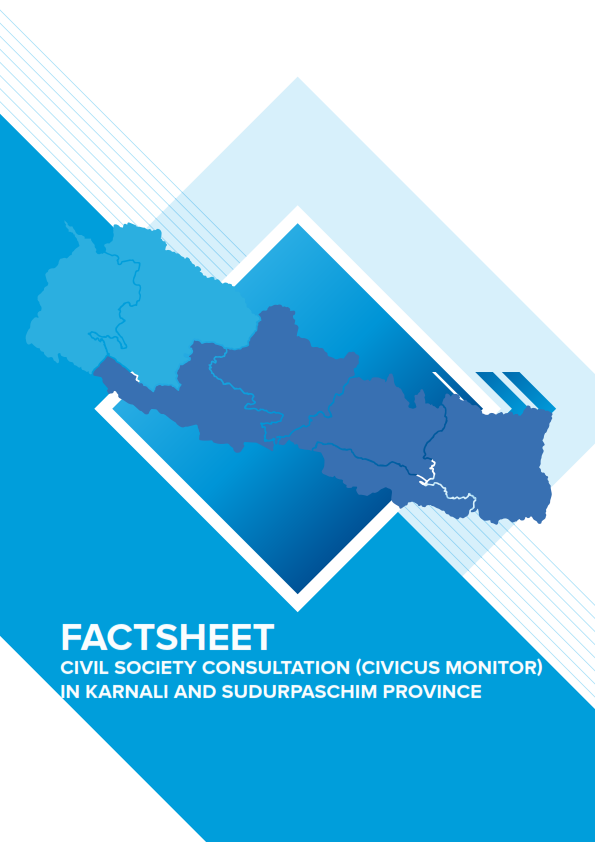Incident Reports
Former Kamlaris demand ID cards
2016-05-31
(updated) The demand pressed by former indentured girl child labourers is in line with the nine-point agreement signed three years ago May 31, 2016- Former Kamlaris (indentured girl labourers) have urged the government to keep its promise of providing them identity cards. Almost three years ago, the government had signed a nine-point agreement with Kamlari System Elimination Agitation Committee, who had taken to the streets demanding various rehabilitation and benefit programmes. The government has not implemented the agreement so far. “We want an official document from the government, stating we were victims of bonded labour.
How can we expect the government to rehabilitate us if it cannot even fulfil a simple request like providing us identity cards?” said Manita Tharu, a former Kamlari. Nepal has ratified a number of international conventions against forced labour, debt bondage and slavery. The country’s constitution also prohibits forced labour in any forms. As for the traditional systems of bonded labour like Kamlari and Kamaiya, they were outlawed in 2000. Despite these efforts to put an end to the practice of slave-keeping, Kamlari system still exists in Nepal’s western plains. According to Fakalu Tharu, an advocate of Kamlari rights and liberation, there are still around 300 Kamlari girls in Dang, Banke, Bardiya, Kanchanpur and Kailali districts. “Freeing these girls and young women has become difficult because the government does not have a dedicated mechanism to combat the ill practice,” he said.
The government data shows that 12,700 Kamlaris have been rescued so far and some of them do not have parents or close relatives, making them the ones who need a rehabilitation programme the most. Radhika Aryal, joint secretary at the Ministry of Women, Children and Social Welfare, said the government will soon start distributing ID cards to former Kamlaris.
update............... Former Kamlaris—indentured girl labourers—have demanded that the government provide them with identity cards, in accordance with a nine-point agreement that it signed with the Kamlari System Elimination Agitation Committee three years ago when the demise of Srijana Chaudhary, a 12-year-old Kamlari burned to death in Lalitpur, triggered protests. Nepal’s constitution prohibits all forms of forced labour. Traditional systems of bonded labour like Kamlari were outlawed in 2000. The country has also ratified a number of international conventions against debt bondage, forced labour and slavery.
Unfortunately, all these positive steps have not translated into eliminating the awful practice of slave-keeping, and the Kamlari system continues to exist in Nepal’s western plains. There are still around 300 Kamlari girls in the districts of Banke, Bardiya, Kailali, Kanchanpur and Dang, according to Fakalu Tharu, an advocate of Kamlari rights and liberation. He argues that attempts at freeing the young women have been hobbled by the lack of a dedicated government mechanism to combat the scourge. Most of these women are Tharus and they usually work for the landlords of the region. Efforts to rehabilitate those who have been rescued have also fallen short. Manita Tharu, a former Kamlari, rightly questioned the government’s ability to rehabilitate the former labourers when it cannot even keep a simple promise of issuing identity cards for them.
According to government statistics, 12,700 Kamlaris have been rescued so far, some of whom are orphans, making them the ones requiring rehabilitation programmes the most. This does not mean others do not need such programmes. The rescued girls come from impoverished backgrounds and many have little education or vocational skills. The absence of robust rehabilitation measures means that many of these girls are thrown into desperate situations, sometimes worse than their earlier lives under indentured labour.
They are compelled to take up menial jobs; some are left with no choice but to return to their former employers. This makes escaping the trap of deprivations and hardships virtually impossible for many of the “freed” Kamlaris. The government should accord due seriousness to the demands of these girls. Radhika Aryal, joint secretary at the Ministry of Women, Children and Social Welfare, has claimed the government would start distributing identity cards to former Kamlaris soon. Although that will be a step in the right direction, it will be woefully inadequate to address the issue. The government should implement the agreement it signed three years ago in earnest. It should strictly enforce the law that makes bonded labour illegal and promptly liberate the 300 girls who are indentured even in this day and age. And it should adopt appropriate rehabilitation measures so that those who are freed from the appalling practice can have a shot at a better future. It is time to translate words into action.
Related Reports
Governance / Kathmandu
Medical education concern committee protest by banging plates and whistling
Governance / Darchula
Workers padlock school citing non-receipt of wages for more than a year
Governance / Sunsari
Prohibitory order issued in Dharan, tightening at entry points
Governance / Morang
Students of Eastern College in Biratnagar on protest
Related Trend Analysis
Analysis

THE NEPAL PEACE MONITOR ANNUAL REVIEW: 2020
October 25, 2021
Human Trafficking / LGBT+ Rights / GBV / Political / Children’s Rights / Senior Citizens’ Rights / HRD Issues / Human Rights / Interpersonal Violence / Governance / Covid-19 / Civic-Space / PwD

_001.png)




